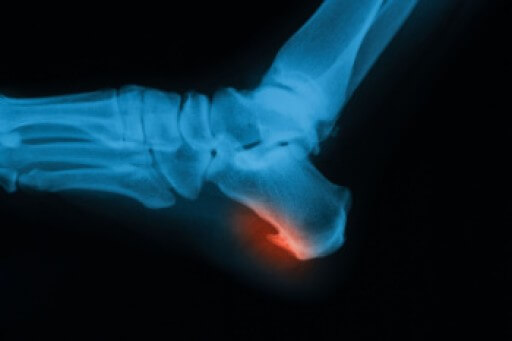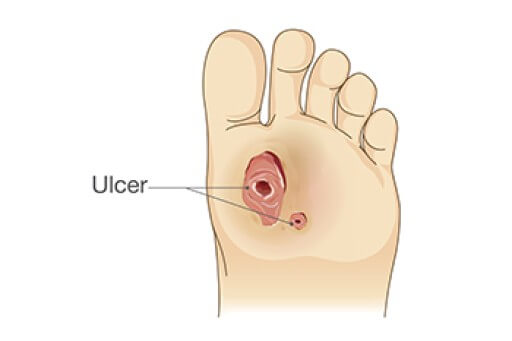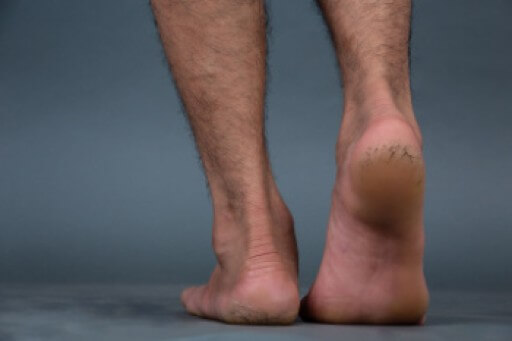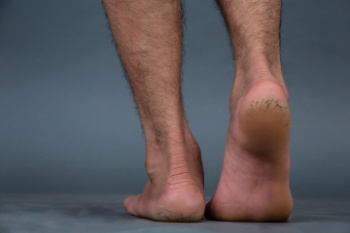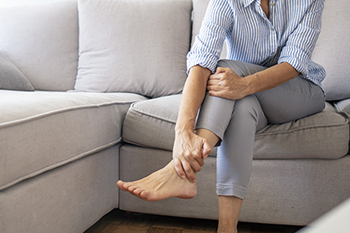 Choosing the right shoes is important for people with arthritic feet. Wearing proper footwear can significantly alleviate pain and improve mobility, while the wrong shoes can worsen symptoms of arthritis. Shoes with a wide toe box, cushioned soles, and adequate arch support can help distribute weight evenly, reduce pressure on sensitive areas, and support the foot's natural shape. Additionally, shoes with adjustable closures, such as Velcro straps or laces, can accommodate changes in foot size due to swelling. Podiatrists play a key role in this selection process by evaluating your specific foot structure, identifying areas of concern, and recommending footwear that addresses your unique needs. Podiatrists may also suggest custom orthotics, which are personalized insoles that fit inside your shoe. If you suffer from arthritic feet, it is suggested that you consult a podiatrist when choosing shoes for maximum support and comfort.
Choosing the right shoes is important for people with arthritic feet. Wearing proper footwear can significantly alleviate pain and improve mobility, while the wrong shoes can worsen symptoms of arthritis. Shoes with a wide toe box, cushioned soles, and adequate arch support can help distribute weight evenly, reduce pressure on sensitive areas, and support the foot's natural shape. Additionally, shoes with adjustable closures, such as Velcro straps or laces, can accommodate changes in foot size due to swelling. Podiatrists play a key role in this selection process by evaluating your specific foot structure, identifying areas of concern, and recommending footwear that addresses your unique needs. Podiatrists may also suggest custom orthotics, which are personalized insoles that fit inside your shoe. If you suffer from arthritic feet, it is suggested that you consult a podiatrist when choosing shoes for maximum support and comfort.
Arthritis can be a difficult condition to live with. If you are seeking treatment, contact Scott Samera, DPM from Samera / Foot + Ankle. Our doctor can provide the care you need to keep you pain-free and on your feet.
Arthritic Foot Care
Arthritis is a joint disorder that involves the inflammation of different joints in your body, such as those in your feet. Arthritis is often caused by a degenerative joint disease and causes mild to severe pain in all affected areas. In addition to this, swelling and stiffness in the affected joints can also be a common symptom of arthritis.
In many cases, wearing ill-fitting shoes can worsen the effects and pain of arthritis. Wearing shoes that have a lower heel and extra room can help your feet feel more comfortable. In cases of rheumatoid arthritis, the arch in your foot may become problematic. Buying shoes with proper arch support that contour to your feet can help immensely.
Alleviating Arthritic Pain
- Exercises that stretch the foot can prevent further pain and injury and increase mobility
- Most of the pain can be alleviated with anti-inflammatory drugs, heat, and topical medications
- Massages can help temporarily alleviate pain.
It is best to see your doctor for the treatment that is right for your needs and symptoms. Conditions vary, and a podiatrist can help you determine the right method of care for your feet.
If you have any questions, please feel free to contact our office located in Lake City and Branford, FL . We offer the newest diagnostic tools and technology to treat your foot and ankle needs.
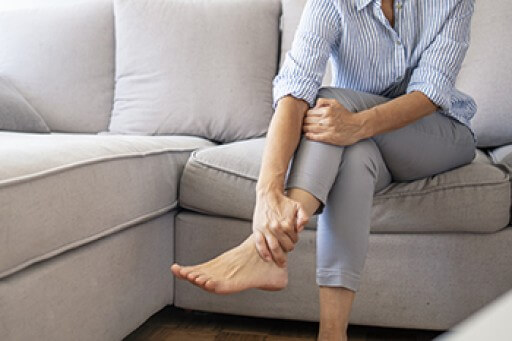
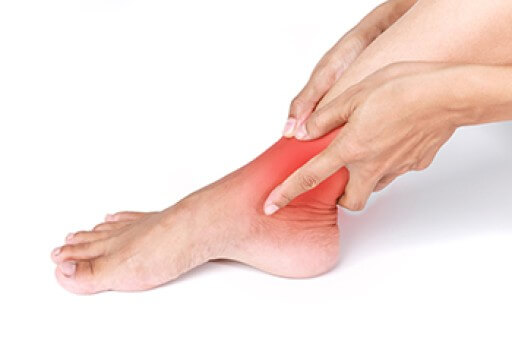
 Swollen and painful ankles
Swollen and painful ankles